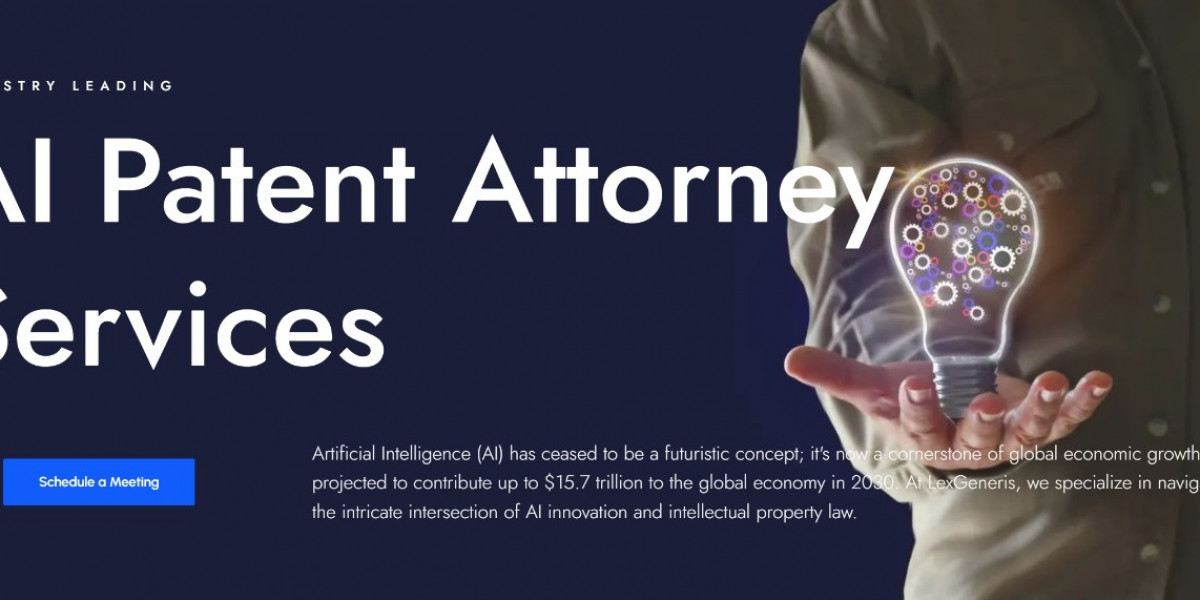Unlocking Insights from Unstructured Data to Drive Business Innovation
Content Analytics refers to the process of analyzing unstructured data found in documents, websites, social media posts, email messages and more to discover useful insights, patterns and trends. By understanding the content people create and consume, businesses can gain valuable insights to improve their products, marketing and overall customer experience.
Tools for Content Analytics
There are various tools available that make Content Analytics possible. These tools use techniques like natural language processing, machine learning and statistical analysis to extract meaningful information from large volumes of unstructured data. Some common tools for Content Analytics include Clarabridge, Lexalytics, Google Analytics, Brandwatch, Talkwalker and Meltwater. These tools can analyze text, images, videos and more to surface actionable insights.
Applications in Different Industries
Content Analytics has wide applications across different industries to address various business problems:
Customer Experience Management
By analyzing customer support transcripts, product reviews, surveys and more, companies can better understand customer pain points, preferences and behaviors. This helps enhance products, services and overall experience as per evolving customer needs.
Competitive Intelligence
Monitoring competitors' websites, social media, ads and other content gives valuable insights into their strategies, products in the pipeline, messaging and positioning. This helps craft better strategies to gain an edge.
Marketing Optimization
Analyzing website traffic, blog post trends, social shares and search keywords helps understand audience interests and how campaigns are resonating. Insights help optimize content, messaging and channels for better lead generation and conversions.
Product Innovation
Analyzing user manuals, product listings, Q&A forums and reviews provides a depths understanding of how products are being used, issues faced, feature requests and gaps to address through new solutions.
Risk and Compliance Monitoring
Monitoring news, blogs, forums and social conversations helps track brand mentions, risks to reputation, regulatory changes and issues that need addressing proactively for compliance. It also aids in crisis management.
Big Data Analytics
Large technology companies extensively apply Content Analytics at scale on petabytes of structured and unstructured data from across products and services. Insights power highly personalized experiences, strategic decisions and innovations.
Key Content Analytics Metrics
While the metrics vary depending on business goals, some commonly analyzed metrics include:
- Topics/themes discussed
- Sentiment (positive, negative, neutral)
- Share of voice vs competitors
- Engagement rate for different content
- Distribution of content across channels/locations
- Mentions of products/services/brands
- Link clicks and shares
- New keywords/topics emerging
- Customer pain points and support issues
- Compliments and complaints
- Upcoming trends and competitive threats
The Future of Content Analytics
As the volume and variety of digital content keeps growing exponentially, Content Analytics will become even more crucial for businesses to stay relevant and ahead of the curve. Emerging areas that will expand its scope include:
- Video and image analysis for non-text content understanding
- Real-time analytics for instant decisions and responses
- Conversation and dialogue analysis between users
- Analytics of dark web and hard to access sources
- Augmented analytics through AI/automation for faster insights
- Predictive analytics for anticipating future trends and outcomes
Content Analytics leverages advanced technologies to uncover rich insights hidden in vast amounts of unstructured data. When applied effectively across functions, it helps businesses deeply understand customers, optimize operations and strategy based on data-backed facts for competitive advantage. As a key enabler of digital transformation and personalization at scale, its role will only continue expanding in the years to come.
Get More Insights On- Content Analytics
Get this Report in Japanese Language:
Get this Report in Korean Language:
About Author:
Vaagisha brings over three years of expertise as a content editor in the market research domain. Originally a creative writer, she discovered her passion for editing, combining her flair for writing with a meticulous eye for detail. Her ability to craft and refine compelling content makes her an invaluable asset in delivering polished and engaging write-ups.
(LinkedIn: https://www.linkedin.com/in/vaagisha-singh-8080b91)










